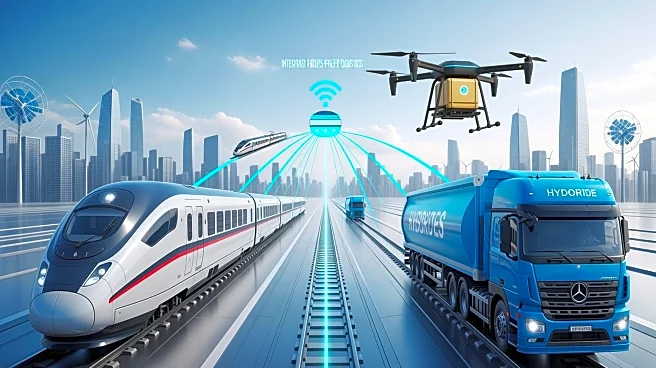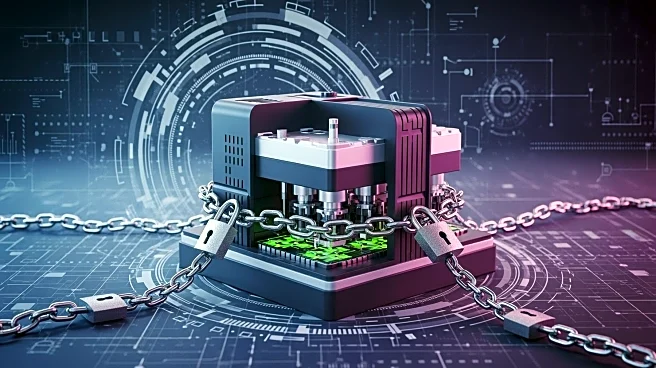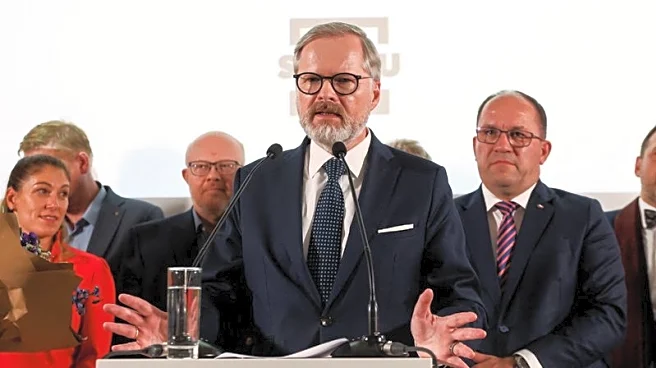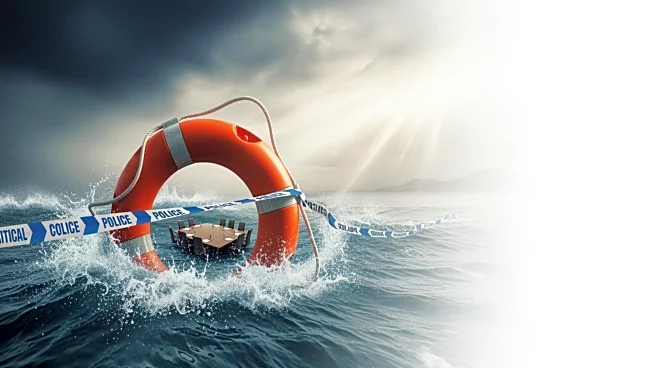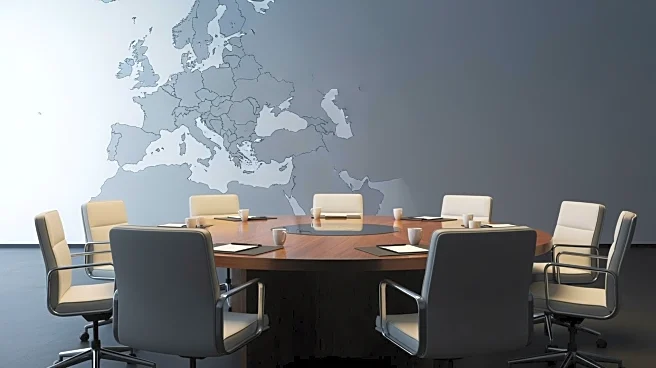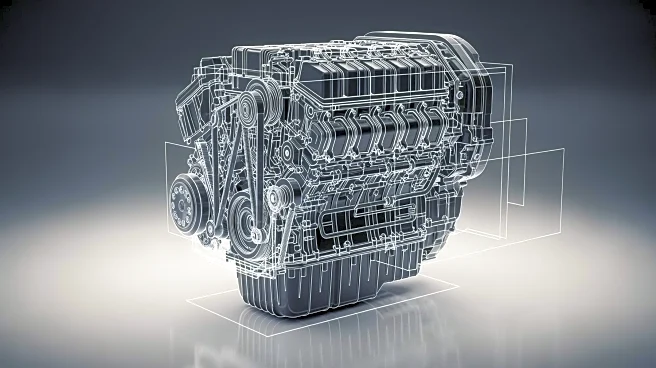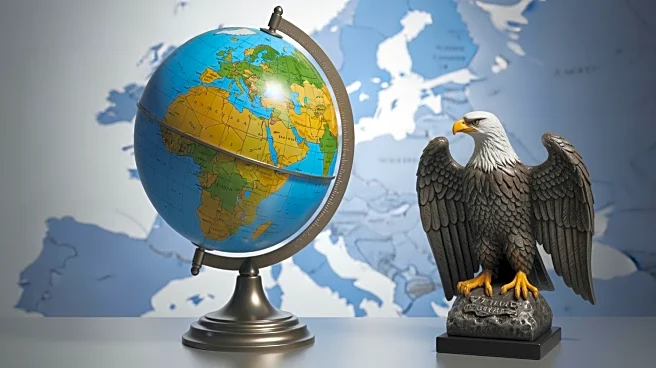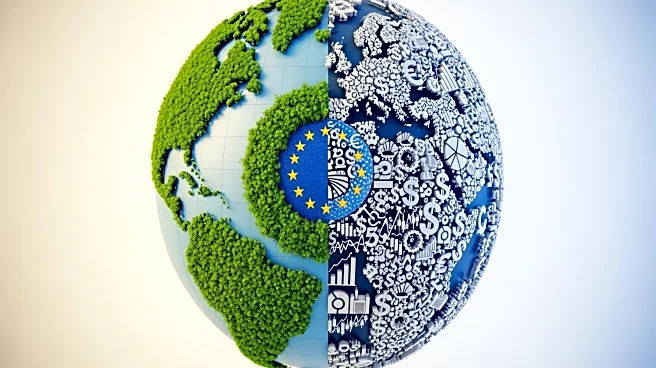What's Happening?
The maritime industry is undergoing a significant transformation as shippers increasingly demand reliable, transparent, and fossil-free logistics. The hybrid ferry Aurora Botnia, operating between Umeå
and Vaasa, exemplifies this shift, utilizing a combination of electricity and Liquefied BioMethane (LBM) for propulsion. This vessel represents a broader trend towards integrating transport and energy systems, requiring coordination across various modes of transport and energy supply chains. The success of such initiatives depends on synchronized operations involving energy supply, transport scheduling, and port operations. The European Union's Alternative Fuels Infrastructure Regulation (AFIR) and TEN T policy are driving this integration by setting binding minimums for recharging and refueling on core networks, ensuring that energy infrastructure aligns with transport demand.
Why It's Important?
The push for fossil-free logistics is crucial for reducing emissions and improving energy efficiency in the transport sector. Shippers, as key stakeholders, are driving this change by demanding integrated systems that link maritime, road, rail, and air transport with energy systems. This integration is essential for achieving decarbonization goals and enhancing the resilience of global supply chains. The fragmentation of energy and transport systems has led to inefficiencies and higher emissions, highlighting the need for coordinated efforts. By aligning energy availability with logistics demand, stakeholders can optimize operations, reduce delays, and minimize environmental impact, ultimately contributing to a more sustainable future.
What's Next?
The development of digital twins and initiatives like the Virtual Watch Tower (VWT) are expected to play a significant role in advancing integrated transport systems. These technologies enable real-time data sharing and decision-making, allowing stakeholders to anticipate disruptions and optimize performance. The Nordic region is already exploring digital twin demonstrators to connect maritime operations, rail and road transport, and regional energy systems. As these initiatives expand, they could serve as models for global replication, fostering collaboration across sectors and driving the transition to fossil-free logistics.
Beyond the Headlines
The integration of transport and energy systems has broader implications for governance and collaboration. It requires a shift from siloed optimization to systemic coordination, involving multiple stakeholders such as energy utilities, grid managers, and logistics operators. This transformation challenges traditional roles and necessitates new governance models that enable trusted data sharing and collaboration. The success of these efforts could redefine the role of transport nodes, turning them into energy and digital hubs that balance vessel calls, cargo flows, and energy supply.
